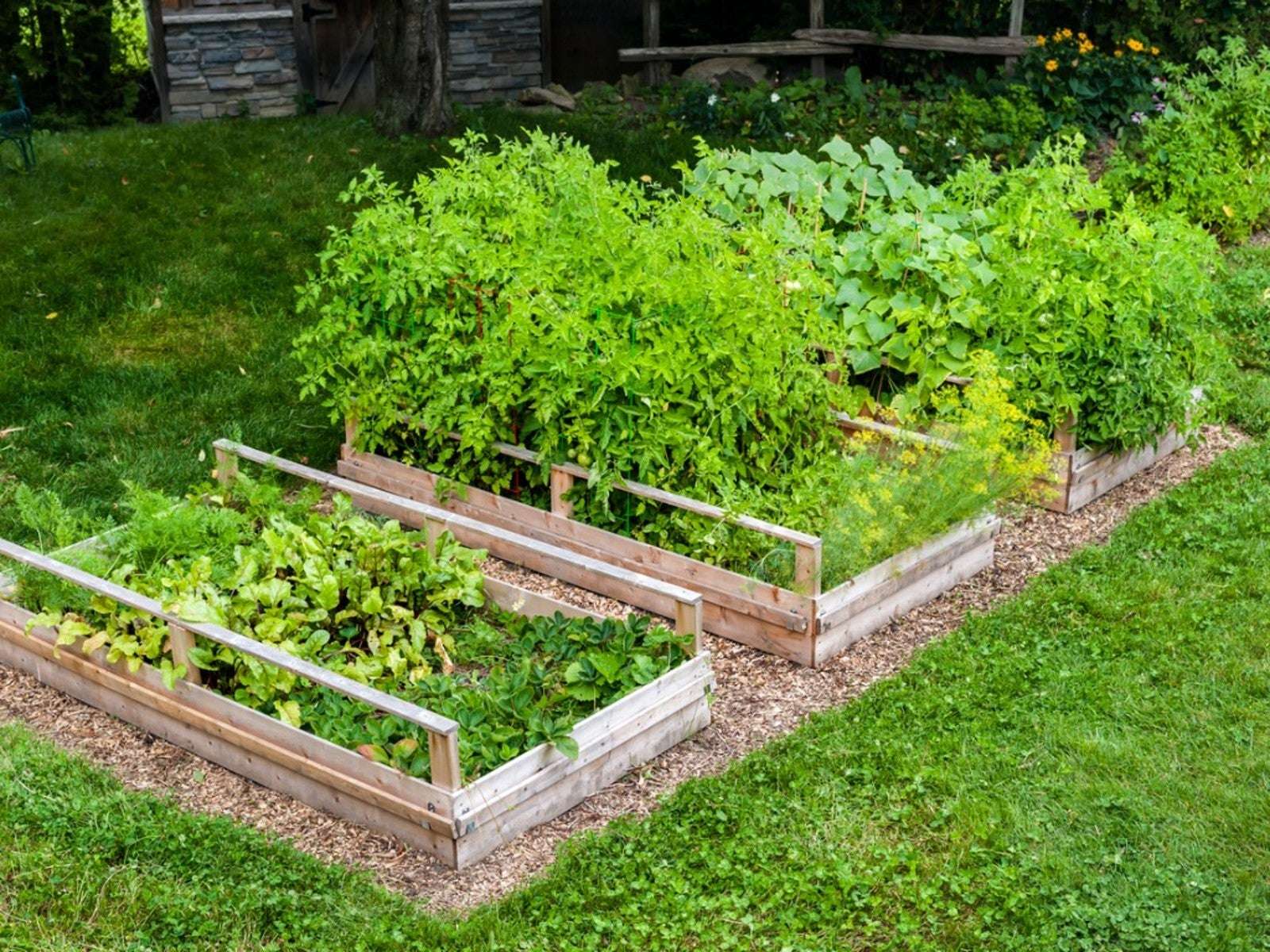Hello there! In this article, we’ll be discussing the pros and cons of raised beds in gardening. Raised beds have become quite popular in recent years because they offer numerous benefits such as improved soil drainage and weed control. However, like any gardening method, there are also some disadvantages to consider. Stay tuned to learn more about the advantages and disadvantages of using raised beds in your garden.
The Pros and Cons of Raised Beds in Gardening
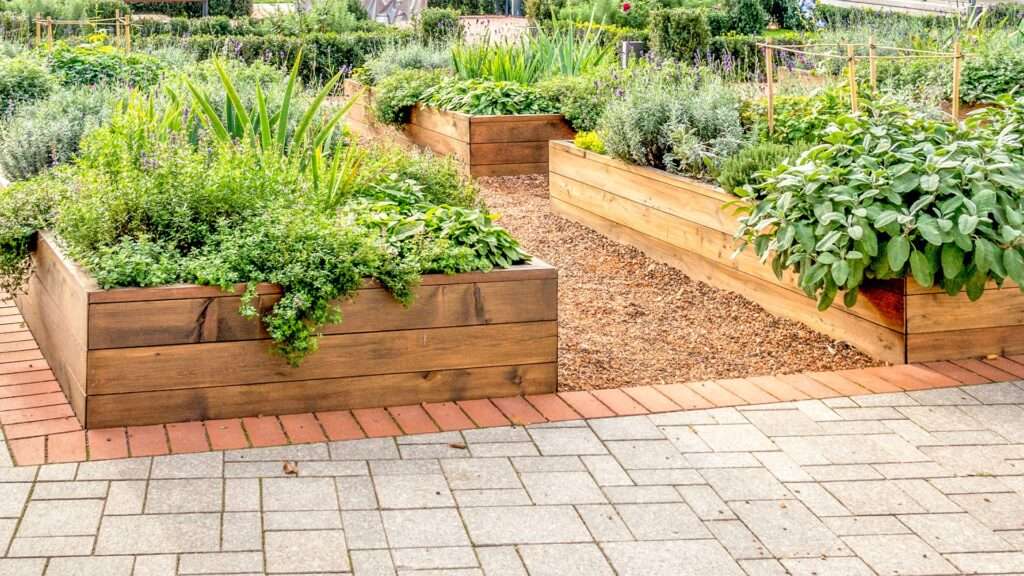
Introduction
Gardening is a rewarding hobby that allows you to connect with nature, grow your own food, and beautify your surroundings. Whether you have a large backyard or a small balcony, there are various gardening methods you can adopt to make the most out of your space. One such method is using raised beds, which have gained popularity among gardeners in recent years. In this article, we will explore the pros and cons of raised beds in gardening, helping you decide whether this technique is right for you.
What are Raised Beds?
Raised beds are elevated planting areas that are built on top of the existing soil or placed directly on a hard surface like concrete. They are usually framed with wood, stone, or other materials to keep the soil contained. The beds can be rectangular, square, or any other desired shape, and can vary in size and height. Raised beds offer a controlled environment for plants to grow, allowing gardeners to optimize soil quality, drainage, and other factors that impact plant health.
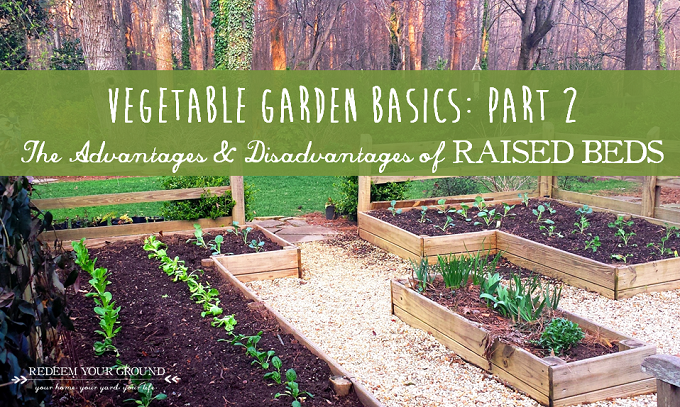
Importance of Raised Beds in Gardening
Raised beds have revolutionized traditional gardening practices by offering numerous benefits to both plants and gardeners. Some of the key advantages include improved soil drainage, better soil quality, weed control, easier access and maintenance, extended growing season, and improved pest control. However, it’s important to consider the potential downsides of raised beds as well.
Pros of Raised Beds
Improved Soil Drainage
One of the primary advantages of raised beds is the improved soil drainage they provide. The elevated design allows excess water to drain away more efficiently, preventing waterlogged soil and reducing the risk of root rot for your plants. Proper drainage is crucial for the overall health and growth of plants, and raised beds facilitate this by allowing excess water to escape easily.
Better Soil Quality
Another significant benefit of raised beds is the ability to control and optimize the soil quality. By filling the beds with a customized soil mix, you can ensure that the soil composition is well-suited for the specific plants you wish to grow. This not only provides better drainage but also creates a nutrient-rich environment that promotes healthy plant growth.
Weed Control
Weeds are a common nuisance in traditional gardening, but raised beds can help minimize their growth and spread. By creating a defined space for your plants, you can easily identify and remove any weeds that appear. Additionally, raised beds make it more difficult for weeds to infiltrate the garden, as they are elevated off the ground and weeds have less access to the soil.
Easier Access and Maintenance
One of the most practical advantages of raised beds is the ease of access and maintenance they offer. The elevated height of the beds eliminates the need to bend over or kneel on the ground, reducing strain on your back and knees. This makes gardening more comfortable and enjoyable, especially for individuals with physical limitations. Furthermore, raised beds are easier to weed, water, and harvest, as everything is within arm’s reach.
Extended Growing Season
Raised beds can extend the growing season, allowing you to produce crops earlier in the spring and continue harvesting later into the fall. The elevated design of raised beds allows the soil to warm up faster in the springtime, enabling earlier planting. Additionally, you can cover the beds with plastic or fabric row covers to protect your plants from frost and extend their productivity well into the colder months.
Improved Pest Control
Garden pests can wreak havoc on your plants, but raised beds can provide some level of protection. By elevating the plants, it becomes more difficult for ground-dwelling pests, such as slugs and snails, to reach your crops. You can also install barriers or netting around the perimeter of the beds to deter pests from climbing up. Furthermore, the controlled environment of raised beds allows for easier monitoring and management of pests, ensuring early detection and intervention.
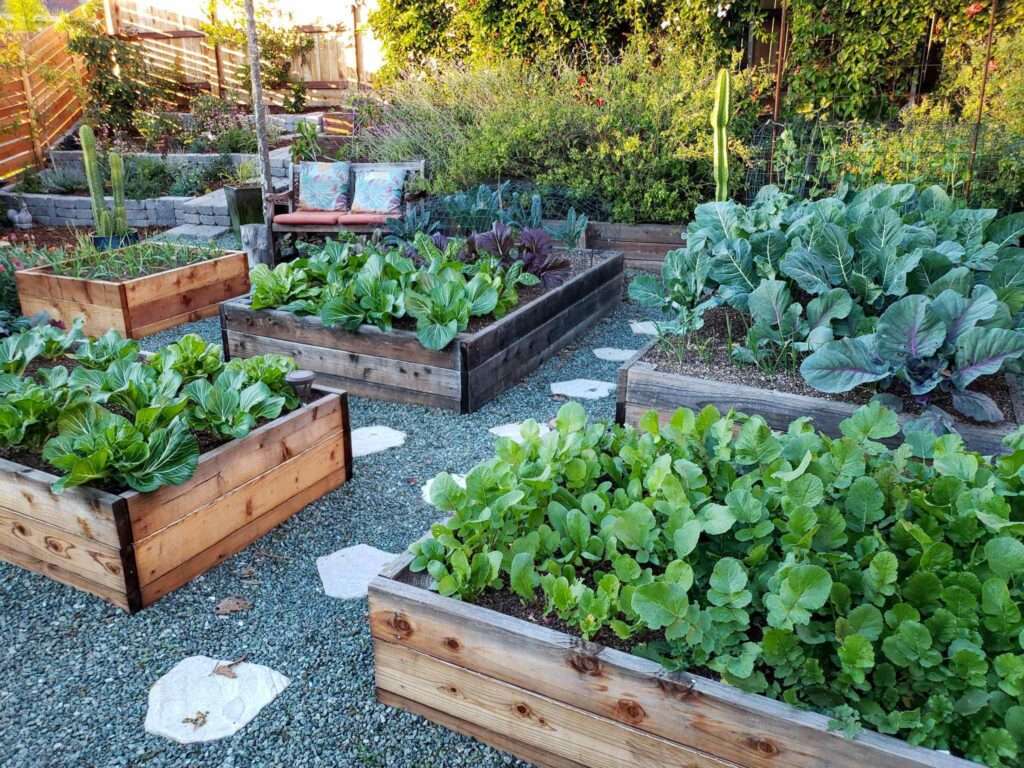
Cons of Raised Beds
Higher Initial Cost
While raised beds offer numerous benefits, they do come with some drawbacks. One of the main disadvantages is the higher initial cost associated with constructing raised beds. Depending on the materials used and the size of the beds, the expenses can add up. However, it’s important to note that raised beds are a long-term investment and can provide many years of productive gardening.
Limited Growing Space
Another potential downside of raised beds is the limited growing space they offer. Unlike traditional in-ground gardening, the size of your growing area is determined by the dimensions of the raised beds. This can be a constraint if you have a large garden or if you want to grow a wide variety of plants. However, with careful planning and utilization of vertical space, you can maximize the productivity of your raised beds.
Restricted Root Growth
In raised beds, plant roots are confined to the limited soil volume within the beds. While this can be advantageous in terms of better soil quality and improved nutrient uptake, it can also restrict root growth. Some deep-rooting plants may struggle to reach their full potential in raised beds, as their root systems may be unable to penetrate beyond the bed’s boundaries. This is particularly important to consider when selecting the types of plants you wish to grow.
Higher Water Requirements
Raised beds have a tendency to dry out more quickly than traditional gardens due to their improved drainage. This means that you may need to water your plants more frequently, especially during hot, dry periods. The elevated design of the beds allows air to circulate around the plants, which can increase water evaporation. Therefore, it’s important to monitor the moisture levels in the soil and provide adequate watering to ensure your plants remain hydrated.
Risk of Overheating
The improved drainage and elevated design of raised beds can also make them more susceptible to overheating. In hot climates or during heatwaves, the soil in raised beds can heat up faster than the surrounding ground, potentially causing stress to your plants or even damaging their roots. It’s important to monitor the soil temperature and provide shade or use mulch to regulate the temperature and protect your plants from excessive heat.
Maintenance Challenges
While raised beds are generally easier to maintain than traditional gardens, they still require some level of upkeep. The wooden frames or other materials used to construct the beds may deteriorate over time and need to be replaced. Additionally, raised beds can accumulate debris, such as fallen leaves or plant matter, which may require periodic cleaning. Although the maintenance requirements are minimal compared to other gardening methods, it’s important to factor in these tasks when considering raised beds.
Effect on Plant Health
Enhanced Nutrient Uptake
Raised beds offer improved soil quality, which translates into enhanced nutrient uptake for your plants. By creating a customized soil mix with the right balance of organic matter and nutrients, you can provide an optimal growing environment that supports robust plant growth and development. This is particularly beneficial for crops that have high nutrient requirements.
Reduced Soil Erosion
Erosion is a common issue in traditional gardens, especially during heavy rainfall or strong winds. However, raised beds can help reduce soil erosion, as the contained soil is less susceptible to runoff. The framing materials provide a barrier that holds the soil in place, preventing it from washing away. This not only protects your plants but also helps to maintain the integrity of the surrounding landscape.
Protection Against Soil Compaction
In traditional gardening, the soil can become compacted over time due to foot traffic and heavy equipment. This can hinder root growth and nutrient absorption, negatively impacting plant health. Raised beds alleviate this issue by creating a separate growing space that is not subject to frequent foot traffic. The loose soil within the beds promotes better root development and improves the overall health of your plants.
Reduced Risk of Pathogens
Soil-borne pathogens can be a significant challenge in gardening, but raised beds can help reduce the risk of infection. By using a customized soil mix, you can provide a disease-free environment for your plants, minimizing the presence of harmful fungi, bacteria, and other pathogens. Additionally, the raised position of the beds can prevent waterlogged conditions that often favor the growth and spread of pathogens.
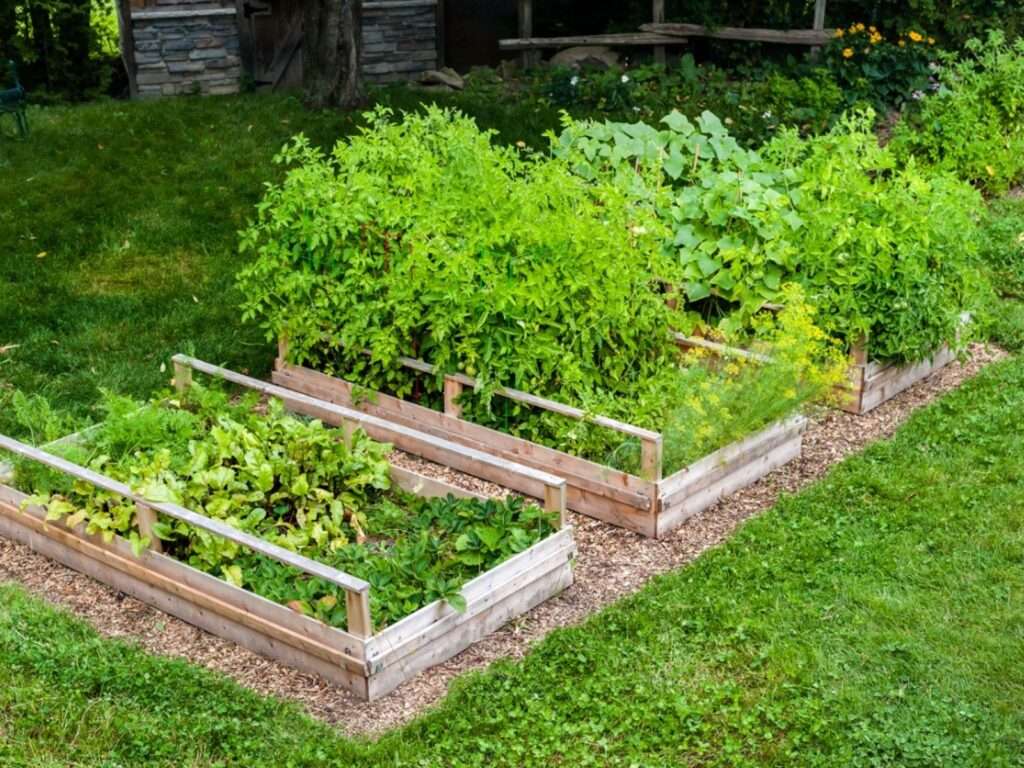
Environmental Impact
Water Conservation
Water scarcity is a growing concern in many regions, making efficient water usage vital in gardening. Raised beds can contribute to water conservation by facilitating better water management. The improved drainage reduces the risk of water runoff, preventing wastage. Additionally, the elevated design of the beds allows for targeted watering, directing the water directly to the root zone of the plants, minimizing evaporation and maximizing absorption.
Reduced Chemical Usage
Raised beds promote organic gardening practices by allowing you to control the soil quality and composition. By using compost, organic fertilizers, and natural pest control methods, you can reduce the reliance on synthetic chemicals. This has a positive impact on the environment by minimizing chemical pollution and promoting a healthier ecosystem for beneficial insects, birds, and other organisms.
Promotion of Biodiversity
Raised beds can be designed to attract beneficial insects, birds, and other wildlife, promoting biodiversity in your garden. By incorporating companion planting and using a variety of plants, you can create a balanced ecosystem that supports pollinators, natural pest control, and overall ecological harmony. Raised beds offer a contained space where you can experiment with different plant combinations and create an inviting habitat for diverse species.
Aesthetic Appeal
Raised Beds as Garden Features
Raised beds can contribute to the visual appeal of your garden, transforming it into a beautifully organized and structured space. The defined boundaries and elevated design of the beds can create visual interest and serve as focal points. You can experiment with different materials, colors, and shapes to create a unique garden design that complements your overall landscaping.
Opportunity for Design Creativity
Raised beds offer endless possibilities for creative design. From tiered beds to curved edges, you can use your imagination to design raised beds that reflect your personal style and preferences. The ability to customize the height and size of the beds allows for flexibility in design, enabling you to create distinctive patterns and arrangements that add aesthetic value to your garden.
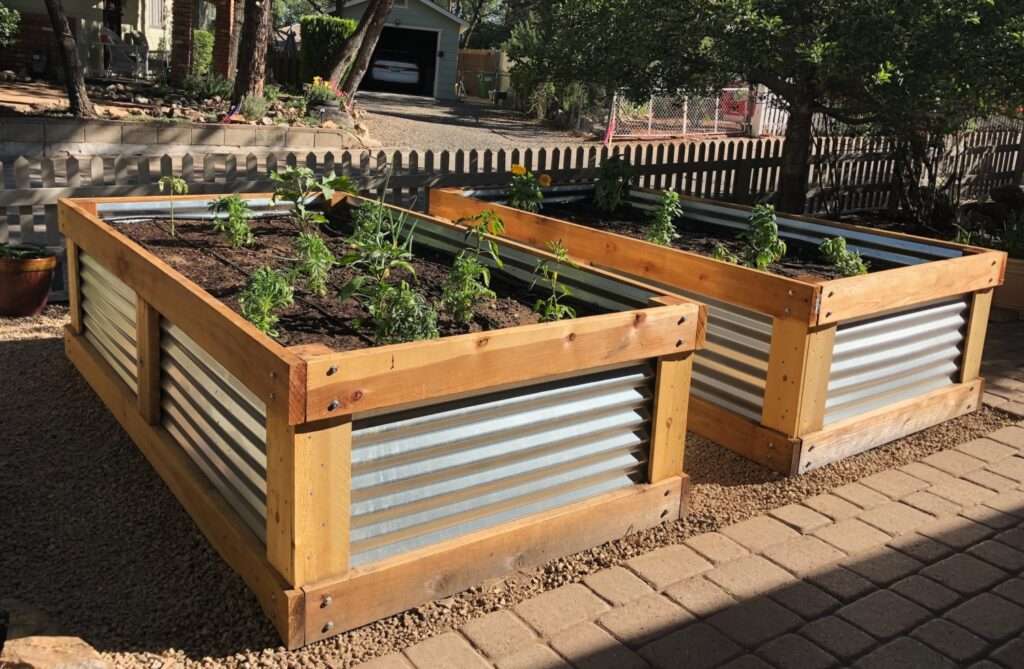
Accessibility and Ergonomics
Reduced Physical Strain
Bending over or kneeling on the ground for extended periods can be physically demanding, especially for individuals with mobility issues or physical limitations. Raised beds offer a more ergonomic gardening experience by elevating the planting area to a comfortable height. This eliminates the need for bending or kneeling, reducing strain on your back, knees, and joints.
Suitability for Individuals with Disabilities
Raised beds are an excellent option for individuals with disabilities who may have difficulty accessing or maneuvering in traditional gardens. The elevated design allows for easy wheelchair or walker access, making gardening more inclusive and accessible to individuals with mobility challenges. Additionally, raised beds can be adapted with specialized equipment or tools to accommodate specific needs.
Ease of Harvesting
Harvesting crops from raised beds is a breeze compared to traditional gardens. The elevated height of the beds brings the plants within reach, eliminating the need for excessive bending or stretching. This not only makes the harvesting process more comfortable but also reduces the risk of damage to the plants. Whether you’re gathering ripe tomatoes or cutting fresh herbs, you’ll appreciate the ease and convenience of harvesting from raised beds.
Crop Selection and Rotation
Versatility in Crop Choices
Raised beds provide versatility in crop selection, allowing you to grow a wide variety of plants in a compact space. The controlled environment of the beds enables you to create microclimates to suit the specific needs of different crops. Whether you’re growing vegetables, herbs, flowers, or a combination of all, raised beds can accommodate a range of plants, opening up endless possibilities for your garden.
Efficient Crop Rotation
Crop rotation is a vital practice in gardening to maintain soil health and prevent the buildup of pests and diseases. Raised beds make crop rotation more manageable, as you can easily designate specific beds for different crop families. By rotating your crops each year, you can break the pest and disease cycle, maximize productivity, and maintain the long-term fertility of your soil.
Watering and Irrigation
Effective Water Delivery
Raised beds allow for efficient water delivery by directing the water directly to the root zone of the plants. This ensures that the water reaches the plants’ roots where it is most needed, minimizing wastage and optimizing irrigation. By avoiding overhead watering or using sprinklers, you can reduce water loss through evaporation and decrease the risk of foliar diseases caused by wet foliage.
Customizable Irrigation Systems
Raised beds can be easily integrated with various irrigation systems, offering flexibility and convenience in watering your plants. Drip irrigation, soaker hoses, or even automated systems can be installed and customized to meet the specific needs of your plants. This allows for precise water control, optimal plant hydration, and efficient resource usage.
Community and Educational Benefits
Promoting Local Food Production
Raised beds are not only beneficial for individual gardeners but also for communities as a whole. They offer a practical solution for urban gardening, enabling individuals and communities to grow their own food in limited spaces. By promoting local food production, raised beds contribute to food security, sustainable agriculture, and the reduction of carbon footprints associated with long-distance food transportation.
Enhancing Gardening Skills
Gardening is a skill that can be developed and nurtured over time. Raised beds provide an ideal learning environment, especially for beginners or those looking to expand their gardening knowledge. The controlled nature of the beds allows for easier experimentation and observation, helping gardeners understand the specific requirements of different plants and develop their skills to effectively meet those needs.
Encouraging Sharing and Collaboration
Raised beds can be a catalyst for community engagement, collaboration, and sharing of resources and knowledge. Community gardens with raised beds provide a space for individuals from diverse backgrounds to come together, connect, and learn from one another. By exchanging experiences, techniques, and crop surplus, gardeners can support each other in their gardening endeavors and foster a sense of belonging within the community.
Conclusion
Raised beds offer numerous advantages that make them a popular choice among gardeners. From improved soil drainage and better soil quality to enhanced pest control and water conservation, raised beds can greatly benefit plant health, the environment, and the overall gardening experience. However, it’s important to consider the potential limitations, such as the higher initial cost, restricted root growth, and increased water requirements. By weighing the pros and cons, you can determine whether raised beds are the right fit for your gardening needs and aspirations. So, grab your tools, choose your materials, and get ready to embark on a gardening adventure with the numerous benefits that raised beds have to offer. Happy gardening!

